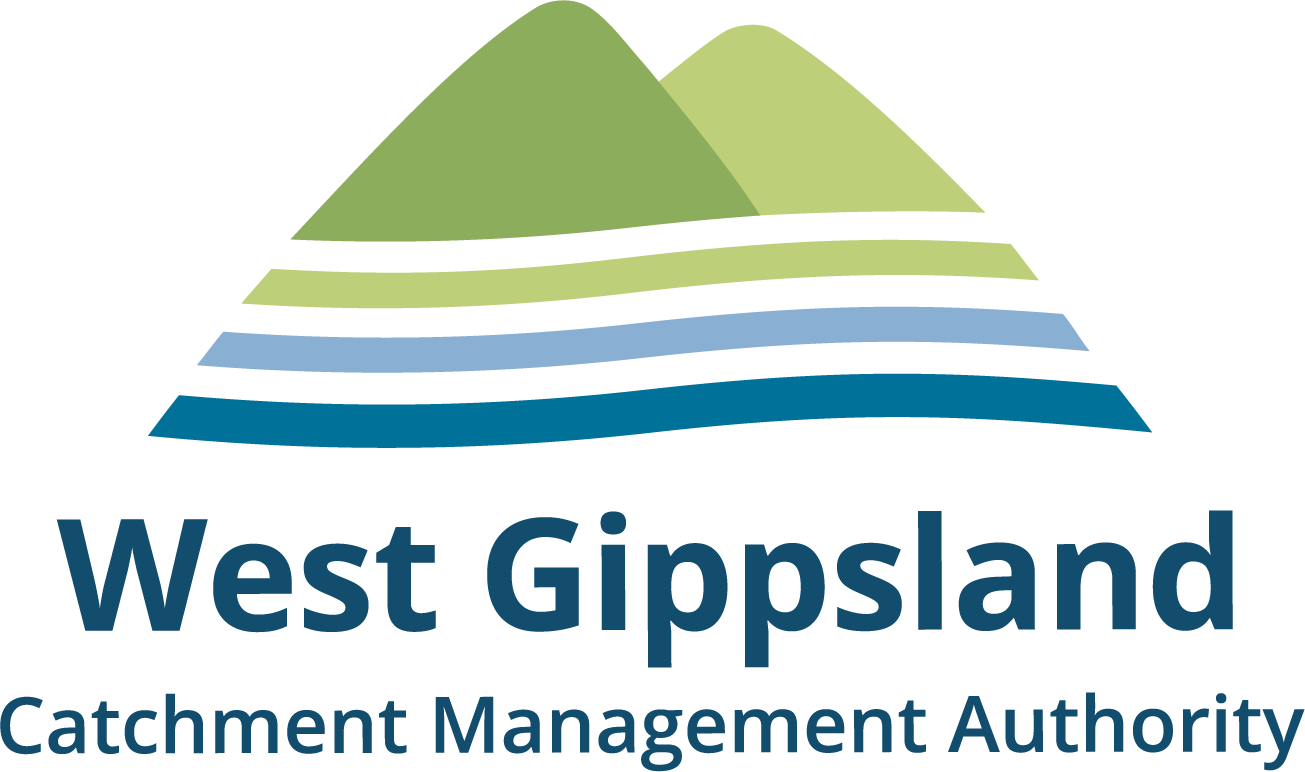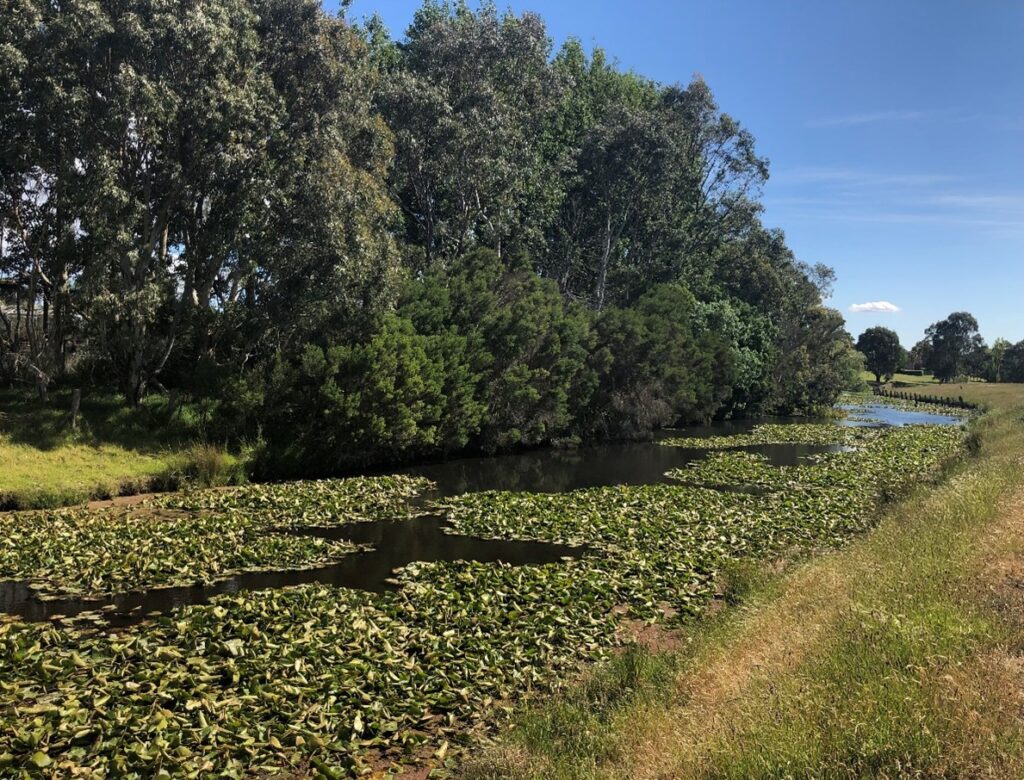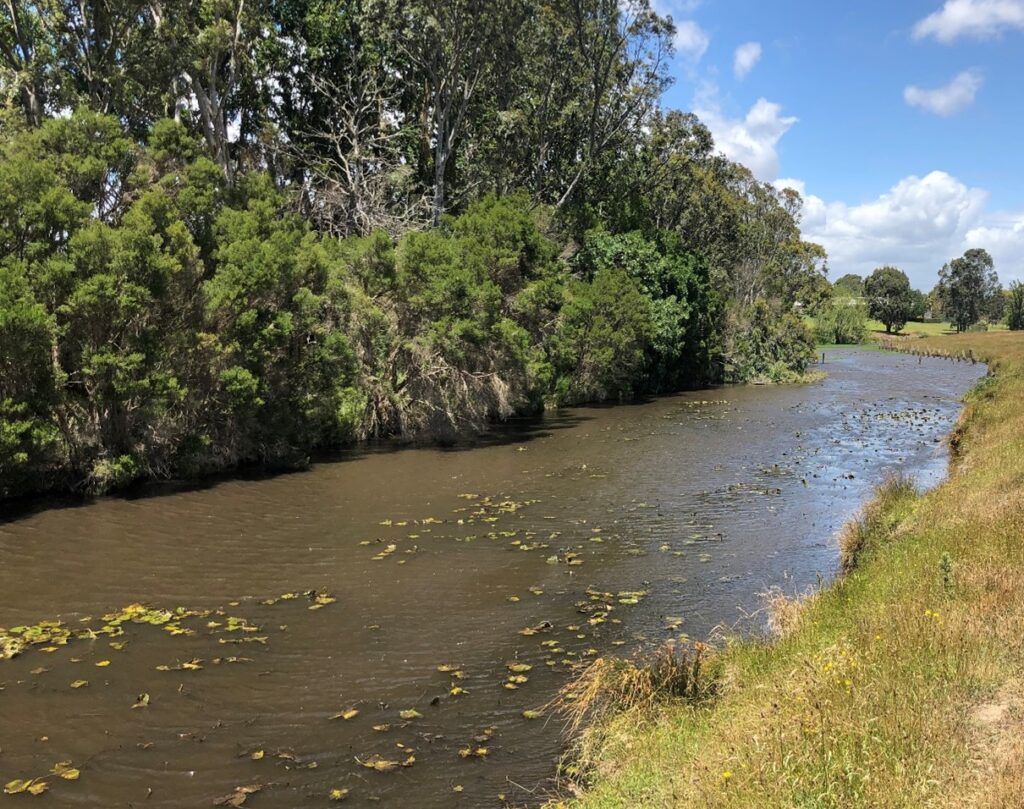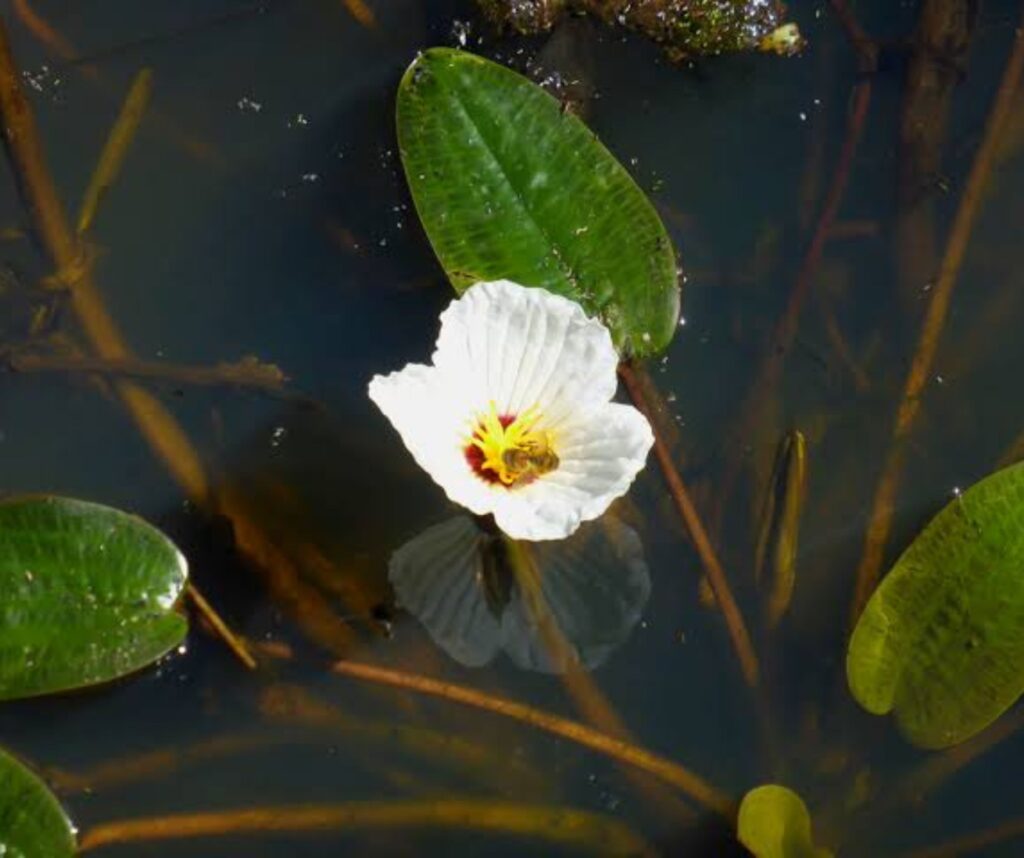Keeping waterways open to enjoy
Keeping waterways open was the focus of an innovative project aimed at attacking an emerging weed that was threatening parts of Flooding Creek, Lavers Creek and lower Carran Carran (Thomson River).
Rowing, kayaking and boating are synonymous with the Port and waterways around the town of Sale at the western end of the Gippsland Lakes Ramsar wetland.
When Yellow Waterlily emerged in waterways around the town, it created a challenge for West Gippsland Catchment Management Authority (CMA) to tackle. The weed was posing a threat to the local environment as well as to access of the waterway by the community.
Yellow (Mexican) waterlily is a highly invasive weed found in slow moving waterways. The large underwater root mass lives in the waterways year round and in spring and summer, the above-water lily pads grow and spread. The pads block sunlight and reduce oxygen in the waterway and this impenetrable layer blocks access for any purpose – including recreation.
As the lily pads die off in autumn and winter, they release large amounts of nutrients into the waterway, reducing water quality and affecting animals and plants in the ecosystem.
“In 2019, we noticed large amounts of Yellow Waterlily growing in waterways in and around Sale,” said Elsa Burnell, Project Coordinator for West Gippsland CMA.
“This was the first time we had seen large amounts of Yellow Waterlily in water bodies connected to the main river system in Gippsland. It was particularly concerning because of the proximity to large high value recreational wetlands such as Sale Common and Heart Morass, which are areas in which the waterlily would thrive.”
“This weed has very few environmental values and presents significant challenges to the community use of these waterways.”
“The weed was also threatening to block parts of Sale Canal which is a popular rowing and boating area,” said Matt Bowler, Team Leader of Project Delivery for the CMA.
“Working with local authorities, West Gippsland CMA jumped at the chance to tackle the highly invasive weed and prevent further spread into the river system and nearby wetlands.”
The CMA initially mapped the Yellow Water Lily’s distribution and then engaged contractors to treat the weed by spraying the infestation in both spring and autumn over the following three years. Over 224 hectares of waterways were inspected and treated.
This will allow better access to the waterway for both the environment and community. Matt emphasised the weed is notoriously hard to control and keeping on top of it would be an ingoing process.
“The lily most likely escaped from plantings in private dams. While it’s a beautiful plant in domestic settings, it becomes dangerous when it enters public waterways – especially those so close to such a high value wetland as the Gippsland Lakes.”
This is a great example of working together to identify and tackle an emerging weed issue and this project will ensure rivers, creeks and wetlands are protected, preserved and enjoyed by families across Victoria.
This is one of three projects funded by the Victorian Government to enhance the recreational values of the State’s water resources and ensure our rivers, creeks and wetlands are protected, preserved and enjoyed by families across Victoria.






